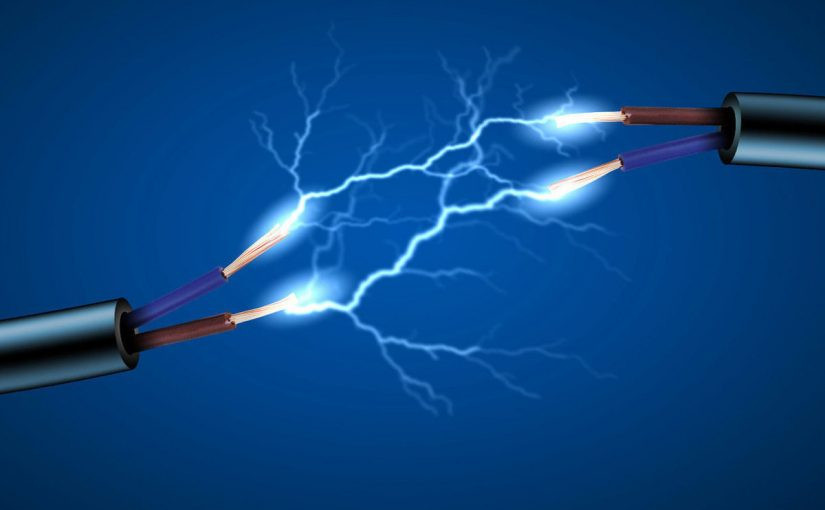
Exploring the Electrical Conductivity of Materials. Electrical conductivity refers to the ability of a material to allow the flow of electric current through it. This property is crucial for the functioning of electronic devices, as it enables the transmission of signals and power generation. Electrical conductivity measurement is expressed in electrical resistance, a material’s opposition to the current flow.
The conductivity of a material depends on several factors. The nature of its atoms, the structure of its lattice, and the presence of impurities. Metals generally have high conductivity. Their atoms have a loosely bound outermost shell of electrons that can quickly move through the lattice. In contrast, nonmetals have low conductivity because their electrons are tightly bound to the atoms and do not move quickly.
Exploring the Electrical Conductivity of Materials
The most conductive material is silver, which has the highest electrical conductivity of any element. Copper, gold, and aluminum are highly conductive and commonly used in electrical wiring and other applications. Other materials, such as graphite and semiconductors, have intermediate conductivity levels and find use in various electronic devices.
Electrical conductivity measurement is typically performed using a device called a conductivity meter. This device measures the resistance of a material to an electrical current and calculates its conductivity using this formula. σ = 1/ρA, .Where σ is the conductivity, ρ is the resistance, and A is the cross-sectional area of the material.
Electrical conductivity has numerous practical applications in our daily lives. For example, it is essential for functioning electronic devices such as smartphones, computers, and televisions. The conductive properties of metals are also crucial for electrical wiring and power transmission over long distances.
The conductivity of materials is also essential in scientific research, particularly in materials science. Researchers study the electrical properties of materials to develop new materials with specific electrical properties for various applications. For example. They may create new materials with high conductivity for electrical wiring or materials with low conductivity for insulating coatings.
One area of research that has received significant attention in recent years is the development of materials with high conductivity for use in renewable energy technologies. For example, researchers have developed new materials for use in solar cells that can convert sunlight into electricity more efficiently. These materials typically have high conductivity and can transport electrical charges over long distances without significant losses.
Exploring the Electrical Conductivity of Materials
Another application of electrical conductivity is in the field of medicine. Electrodes made from conductive materials are commonly used to measure electrical signals in the body, such as brain waves and heart rhythms. These measurements can help diagnose and monitor various medical conditions.
In conclusion, electrical conductivity is a crucial property of materials that enables the flow of electric current and has numerous practical applications in our daily lives. From electronic devices to renewable energy technologies and medicine, the conductivity of materials is essential for the functioning of various technologies and the advancement of scientific research. As we develop new materials with specific electrical properties, the potential for new applications and breakthroughs in multiple fields will only increase when Exploring the Electrical Conductivity of Materials.